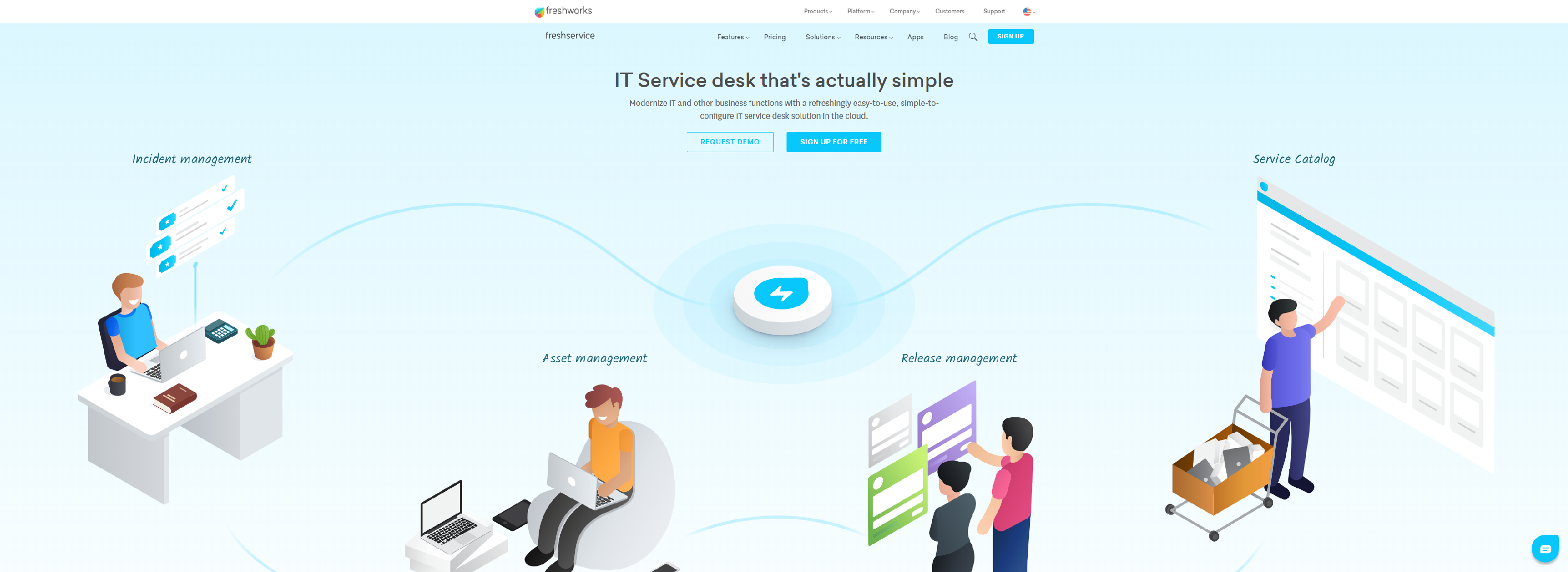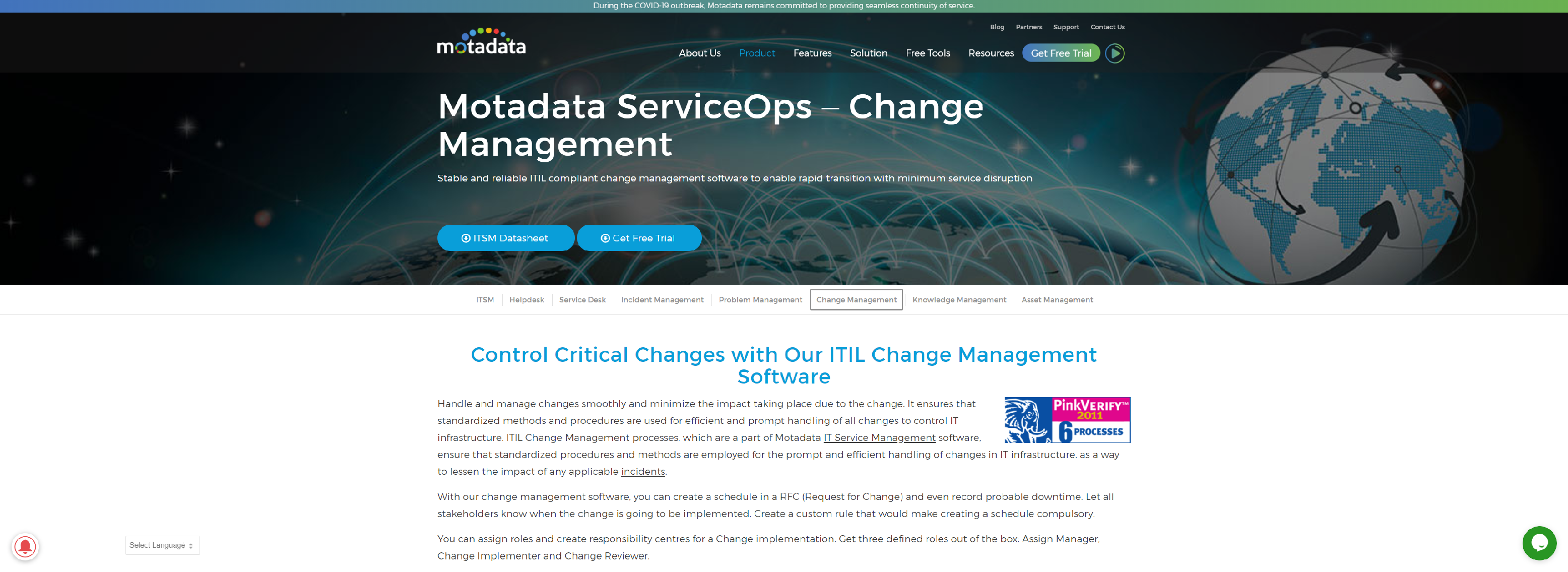The Information Technology Infrastructure Library (ITIL) is a set of standard IT terminologies such as a high-level definition of a change request that the United Kingdom Central Computer and Telecommunication Agency developed in the late 1980s and early 1990s to address the IT service support and delivery issues faced by IT infrastructure organizations. ITIL standards were designed to establish guidelines and a common language for operational processes, such as change management, problem resolution, service delivery, and resolution of customer inquiries.
The ITIL concept has gained significant traction in the past 12 months. Today, around 12% to 13% of $1 billion-plus companies – 6% to 8% when IT service providers are excluded – have implemented ITIL in some way, shape, or form. Around a third of $1 billion-plus companies are either in the process of getting started or are at least thinking about it.
The goal of ITIL change management is to ensure that standardized methods and procedures are applied to efficiently and effectively handle changes. The service desk organization leverages configuration knowledge and service models to understand and prohibit or minimize impact of change-related incidents upon the quality of a service.
Today, few enterprises have invested in an overarching enterprise ITIL change management system that subsumes software configuration management (SCM) as well as production changes to an enterprise’s environment . Yet within the next three years, enterprises will invest in life-cycle or enterprise change management systems that will include SCM as part of a broad suite of capabilities that will encompass help desk, issue tracking, development, asset management, deployment and operations. Before purchasing, developing and adopting an enterprise-wide ITIL change management system, enterprises must assess their existing change management processes and change management systems with respect to best practices. We list nine best practices below, which you should be able to implement in any current ECM system. These best practices may be used either with a development (SCM) or a production support change management system, or both.
One caveat should be mentioned: the best practices listed focus more on defining and implementing a change, as opposed to the process of delivering (and potentially backing out a change). The reason for the bias is that organizations typically have less problems delivering a change (although delivering geographically distributed changes can be more problematic) than defining, planning, reviewing and implementing a change. Moreover, although backing out a change is a critical sub-process, the number of times one has to back out a change relative to defining a change should be quite small.
A well-designed enterprise ITIL change management system must have the following:
- Adequate connection to the stakeholders
- A business-driven change control review board
- Ability to support handling of emergency/urgent changes
- Metrics and business impact support
- Support for change request dependencies
- Support for batching of changes to the same environment
- Overall service-level objectives
- Adequate usability
- Support for validation and verification
Ensure that your change control board is business driven – that members prioritize and consider the merits of a change by its impact on the business. A crucial step in this process is to ensure that your enterprise ITIL change management system has adequate connection to the stakeholders. A simple way of implementing this capability is to link a business-based requirements document to the change request.
Fight rigidity to change as well as maverick development by designing an explicit process for handling emergency or urgent change, as well as a mechanism to escalate or de-escalate the priority of a given request. Support batching of requests so that changes to the same systems can be handled together in a logical sequence to minimize fix-break events. Since many changes will have dependencies between them, a system that supports change request dependencies is critical to providing thorough impact analysis and business impact metrics, as well as supporting changes across discrete lines of businesses.
SYSAID

SysAid is an IT service management solution that offers all the ITIL essentials. It’s everything you need for easy and efficient ITSM in a single tool.
- Responding to changing business requirements while maximizing value and reducing incidents, business disruption, and re-work
- Responding to the business and IT requests for change that will better align IT services with business needs
- Ensuring that all changes are recorded and evaluated, and that authorized changes are prioritized, planned, tested, implemented, documented, and reviewed in a controlled manner
- Ensuring that all changes to configuration items are recorded in the configuration management database (CMDB)
- Optimizing, and reducing where possible, the overall business risk
FRESHSERVICE

Freshservice’s Change Management Software is a perfect IT Helpdesk for the Business.
- See changes through, from planning to rollout
- Minimize redundancy and manual efforts
- Manage daily tasks with the Change Calendar
- Control approvals on-the-go
- Insights from post-release review
CHERWELL

Cherwell Change Management Software automates processes and supporting tasks so IT teams can effectively deploy changes while mitigating risk.
- ITIL Change Management
- Configuration Management
- Change Workflow Automation and Codeless Configuration
- ITIL Problem Management
- ITIL Release & Deployment Management
- Change Management Extensions & Integrations
MOTADATA

MOTADATA ITIL change management software controls the implementation of changes made in IT infrastructure thereby minimizing business risk.
- Collaborate
- Planning
- Approval
- Time Log
- Manage Tasks
- Recurring Change Request
- Correlation
- Plan, Track & Rollback Changes from One Place
- Standardize and Centralize Change Process
- Minimize the Risk of Change
- Manage Release and Deployment
- Easy Approval Process
GIVAINC

The ITIL (IT Infrastructure Library) compliant Cloud Giva eChangeManager is intuitive and easy-to-use and can be deployed in just days and requires only one hour of training. Giva’s robust, fast and painless reporting quickly measures IT team productivity resulting in faster and higher quality IT change management decision-making.
- Simple and intuitive approach to Standalone Change Management
- Interactive RFC monthly calendar provides an overview of the entire change management process
- Easy to use change request and approval workflows
- Hardware & software assets can be linked to change requests
- All details and files are included in one place
- Giva works based on your workflow and the way you work
- Weekly view of RFC calendar assures that changes do not conflict
- Robust, fast & painless compliance reporting for higher quality decision-making
VECTOR-NETWORKS

Vector’s Change Management software ensures all stakeholders in the change process are involved in following rigorous change management processes.
- Customizable UI
- Email integration
- Multiple SLA support
- Public self-service mode
- Issue audit trail
- Team Working
- Role-based access to data
- Time and event-based escalation
- Reporting and trending
SUNVIEWSOFTWARE

SunView Software is a leading provider of ITSM Software, powered by award-winning artificial intelligence.
- Get Change Management Connected
- Compliance Reporting Has Never Been Easier
- Faster Change Processing
- Better Visibility Into All Changes
- Optimized Change Processes For Each Team